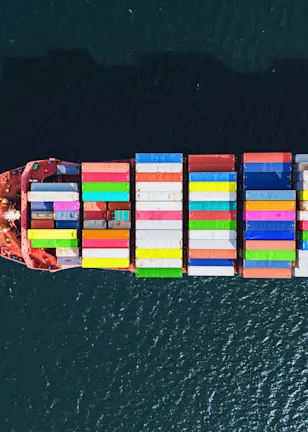Disclaimer
The information contained in the website is solely intended for professional investors. Some funds shown on this website fall outside the scope of the Dutch Act on the Financial Supervision (Wet op het financieel toezicht) and therefore do not (need to) have a license from the Authority for the Financial Markets (AFM).
The funds shown on this website may not be available in your country. Please select your country website (top right corner) to view more information.
Neither information nor any opinion expressed on the website constitutes a solicitation, an offer or a recommendation to buy, sell or dispose of any investment, to engage in any other transaction or to provide any investment advice or service. An investment in a Robeco product should only be made after reading the related legal documents such as management regulations, prospectuses, annual and semi-annual reports, which can be all be obtained free of charge at this website and at the Robeco offices in each country where Robeco has a presence.
By clicking Proceed I confirm that I am a professional investor and that I have read, understood and accept the terms of use for this website.
Quantitative investing
Unrewarded risk
Higher risk that is not rewarded with higher returns.
Investors should strive to avoid unrewarded risk in their selection process, as this is not compensated for with any kind of payoff in the form of higher returns.
An example of taking unrewarded risk is to buy cheap stocks of companies with a higher risk of default. It may appear that these are value stocks that enable the investor to benefit from a value premium, but our research shows* such stocks are very risky. Investors do not benefit from the value premium because they are not compensated for this higher level of risk with a higher return.
* W. de Groot and J. Huij: ‘Is the Value Premium Really a Compensation for Distress Risk?’, 2011















